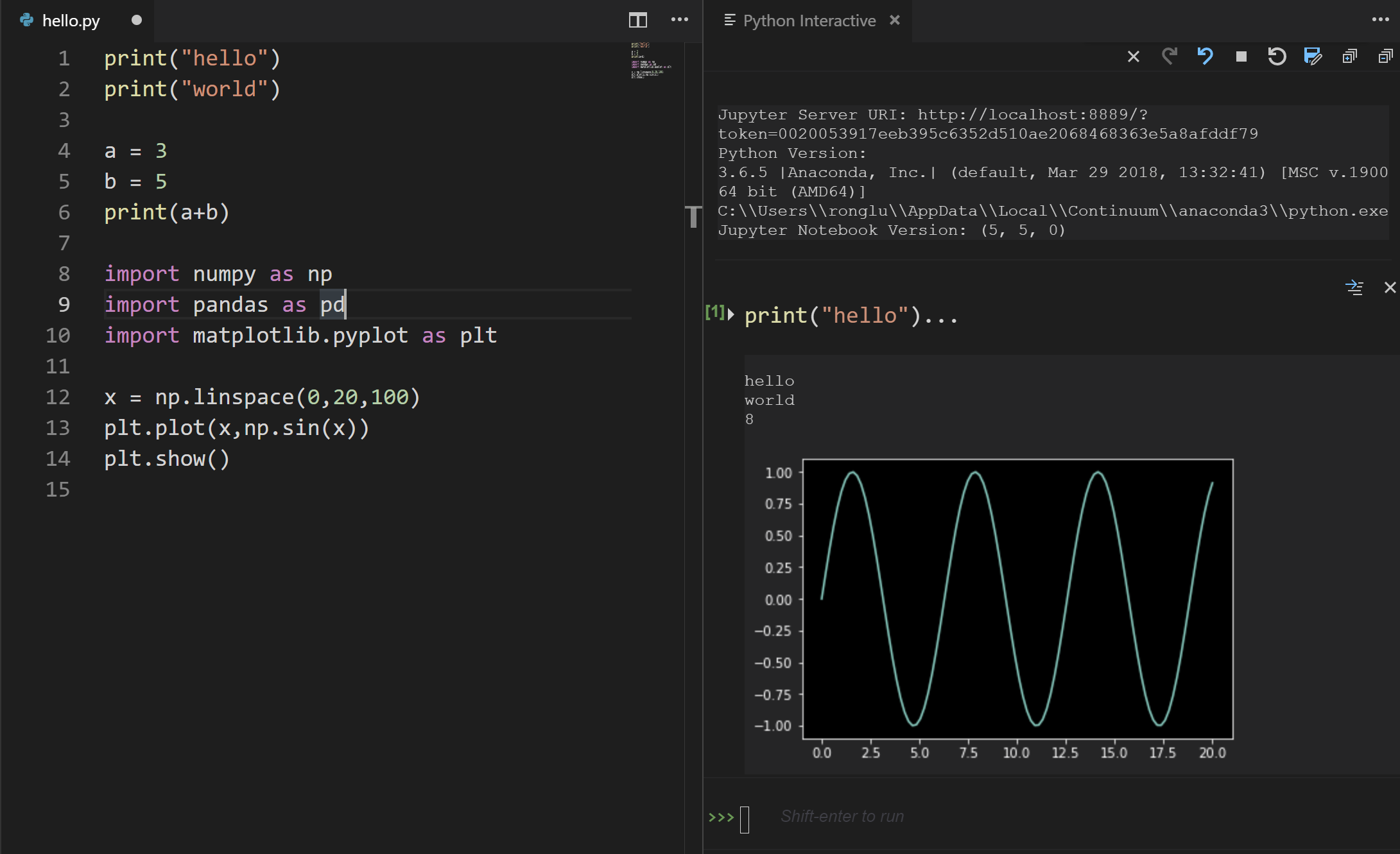
In the mean time the existing code is still productive, but you can already start developing new functions and converting existing functions to your preferred language.

What you can do is to keep those scripts running and slowly link/integrate them with code from your preferred language. processing and statistics scripts that a part o an important project that run every night or every week, and you can’t immediately convert/port all the code into your preferred language, and at the same time, of course management wants you to fix bugs or add new functions. Last but not least, a situation might arise where you have to pick up someone else’s work, e.g.

The important bit is, that the scripts and software functions are part of an overall processing pipeline and need to work together somehow. This also called polyglot programming, and seems to become an increasingly accepted method in data science, data engineering and data analyst teams. Then you have the choice of learning that language or alternatively, link these languages. Other reasons might include you joining a team that focusses on a program language that you are not so comfortable in. That might be reason to try linking in that package from the other language into your normal workflow. There might only be a few edge cases where a functionality is not available In expressing your problem-solving ideas in code in your preferred language as compared to “the other” language.įor most tasks that we do in geospatial analysis there are plenty of robust packages available in both languages. You are more comfortable and have more practice Typically, you should focus on your preferred language to solve problems. Use cases of Python and R interoperability Use cases of Python and R interoperability This short lesson is meant as an outlook to some additional ways how to work with and visualize


 0 kommentar(er)
0 kommentar(er)
